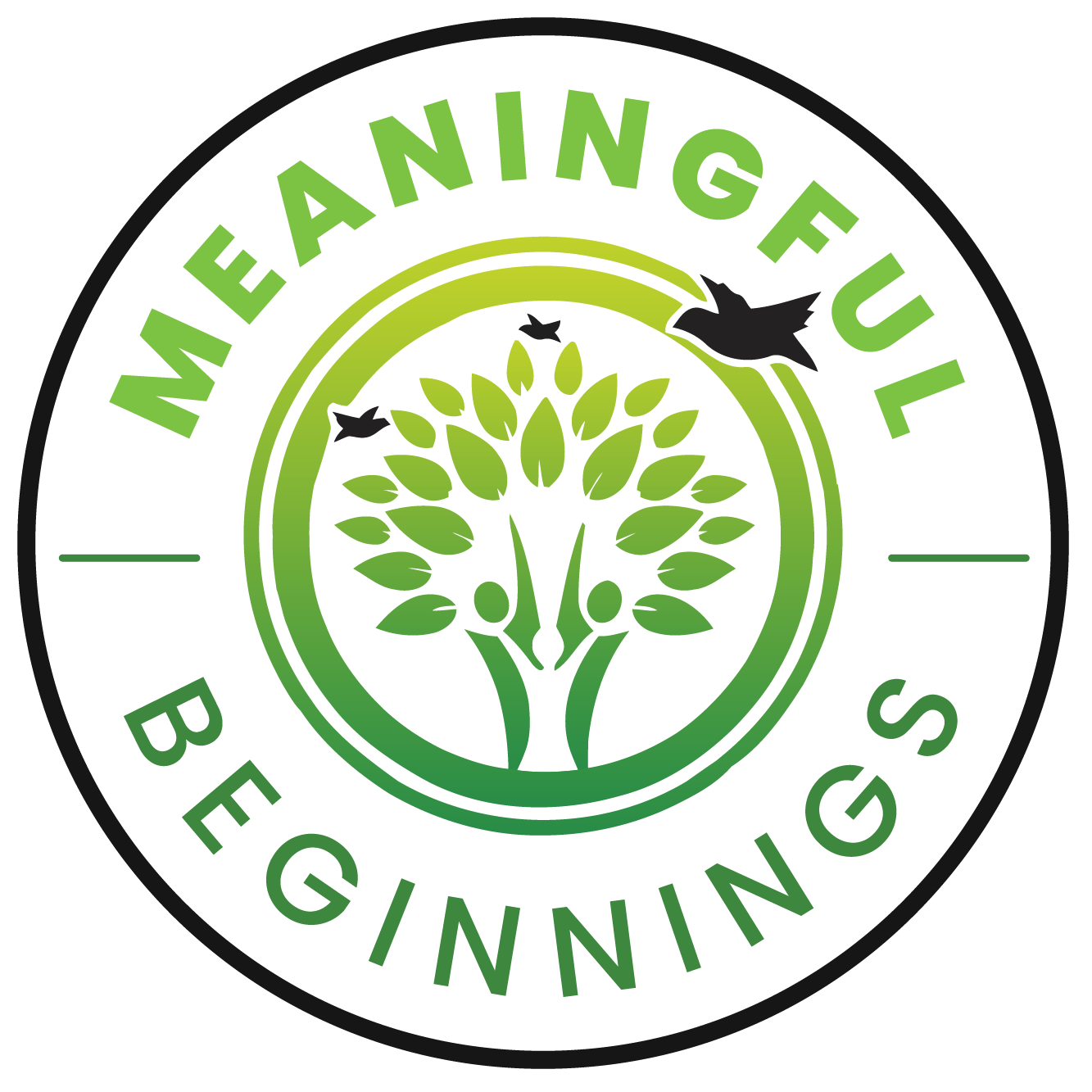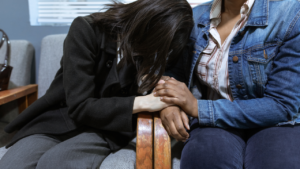Understanding potty training basics before you start potty training will help the process go smoothly!
It would be wonderful if we could offer you a complete guide to potty training and tell you exactly what to expect, but the training, timing, and technique will be unique to your child and situation. That said, there are some universal basics that will be valuable for you to know. Knowing the basics ahead of time will give you an idea of what to expect and how to navigate this major milestone in your child’s life.
When to Start Potty Training
Your child will start to show signs that they’re ready to start potty training around 18 to 24 months. However, some children aren’t ready until around 30 months or three years! Instead of waiting for your child to reach a certain age to start potty training, keep an eye out for physical, emotional, and cognitive signs of readiness.
According to the American Academy of Pediatrics, signs of potty training readiness include:
- Dry diapers for two or more consecutive hours throughout the day and while sleeping.
- Regular and predictable bowel movements.
- Ability to walk to and from the bathroom.
- Ability to dress and undress with minimal help.
- Seat themselves in a chair.
- Ability to understand and follow basic instructions.
In addition, your child will show an interest in the bathroom, the toilet, and learning how to go to the bathroom themselves. You might notice that they become more curious about you, the parent, going to the bathroom and watching you use the toilet.
If you notice this, it’s important to allow your child to learn from watching you. Of course, it’s understandable to want privacy while you’re going to the bathroom, but going to the bathroom can be a valuable learning experience for your child during this transitional period. Their interest in “potty time’ is one of the telltale signs that it’s time to start potty training.
Additionally, children will start to grasp the process of going “potty” in their diaper. They might start noticing when they feel wet or have a full diaper. Then, they might start to notice when they’re actively soiling in their diaper and want to be changed right after. Around this time, they might also start to give little cues while they’re in the process of soiling their diaper, like pausing during playtime, making faces, or isolating themselves for a few moments.
When you notice that your child is beginning to understand the process of going “potty” in their diaper, you can pick up on the cues and start directing them to the bathroom.
Acclimating to the Bathroom
Transitioning from diapers to the toilet is a big change for a tiny person! If you’re going through another big transition during this time, you might want to hold off on potty training until things are settled.
For example, if your family is moving into a new home, you’re planning on traveling, your child is starting or switching daycares, or you’ve recently welcomed a new baby, potty training might be too stressful and confusing for your child. You want to make sure they have a consistent and reliable environment to learn this big lesson!
Kids might have a fear of the toilet at first. It’s a big bowl of water that makes a loud noise when it flushes… scary! Let your little one experiment with flushing the toilet or allow them to be in the room while you flush after going potty.
Equip your bathroom with potty features that were designed for children. You can get a little step stool and a child’s toilet seat to make the hole smaller for their small bum – this will probably help make the toilet seem less scary.
Get Ready… Get Set… GO!
Once your child is acclimated to the bathroom and they’re comfortable with the toilet, you can start the actual potty-training process.
You can begin by placing your toddler on the toilet for 2-3 minutes every 1-2 hours, and whenever you see those cues that signal they’re going potty. Bringing them to the bathroom when you notice those cues will help them connect the feeling of going pee and poop with the bathroom.
Additionally, establishing a regular bathroom routine will help get their mind and body adjusted to going to the bathroom at a certain time. For example, before and after meals, before and after naptime, first thing in the morning, and last thing before bed is a good schedule to start with.
You might want to give your child an activity to do while they’re on the toilet, so they are content enough to sit for a few minutes. Consider playing a game, singing a song, or reading a book for a few minutes so they have enough time to try to pee or poop.
Praise for Pee and Poop
Positive reinforcement is one of the most important aspects of potty training. Every time your child successfully uses the toilet, you should throw a mini party! Pee or poop in the toilet should be treated like a huge accomplishment – because it is!
On the flip side, it’s important to never punish your child for accidents. Punishing your little one for peeing the bed or pooping their pants can make them anxious about the whole potty-training process. You want to treat successful potty time like a HUGE success and accidents like they’re no big deal.
Keep a positive attitude, take a deep breath, and practice patience. You and your child will get there!
Meaningful Beginnings Childcare
Meaningful Beginnings will help support your child on their potty-training journey. Our caregivers are trained in childhood development and will work with you to stick to your desired schedule and practices. Get in touch with us today to learn more about how we can help care for your child during their formative years.








